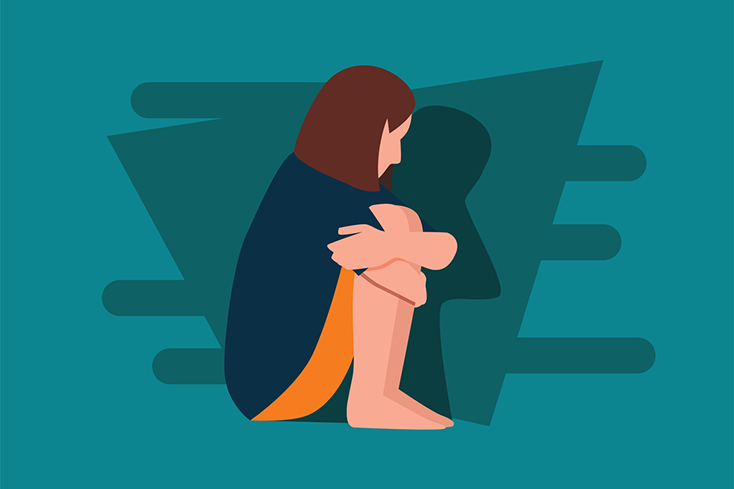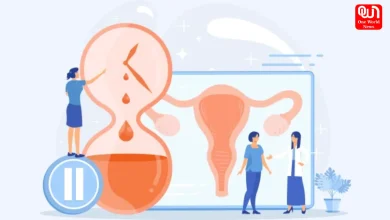Identifying invisible triggers from childhood trauma
Uncover the profound impact of childhood trauma triggers on adult life. From criticism to chaos, explore the silent echoes shaping our emotional responses.
Unveiling the Silent Impact: Identifying Invisible Triggers from Childhood Trauma

Childhood is the cornerstone of our emotional foundation, shaping the lens through which we perceive the world. For those who have weathered dysfunctional homes, the echoes of fear, abandonment, and rejection can linger, leaving a lasting imprint on adult relationships. Unravelling the intricacies of these invisible triggers is crucial for understanding and navigating the complexities of emotional well-being.
The Echoes of Criticism: Receiving Feedback as a Trigger
Feedback is a very strong invisible trigger, but it’s sneaky. Being reared with caregivers who were too strict and critical can result into an adult even more of averse to criticism than most people in your life. Feedback, rather than being valuable for learning and development, becomes a constant reminder of the wounds born out of yore. This trigger also influences how individuals take constructive criticism and their reaction to evaluative situations.
Traveling this track can be an eye-opening experience, revealing the deep link between wounds of years past and reactions in the present. Knowing that these responses are reactions from childhood gives people a sense of strength and allows them to throw off the fetters imposed on them by their pasts, embarking on a road to healing.
The Resonance of Chaos: Raised Voices and Anxiety
In such a family, yelling and screaming become like background music; anything goes. Such raucous surroundings in which to grow up, the clashing of voices becomes a potent trigger for anxiety. When faced with the rising decibels, a chaotic past begins to make its presence felt. The voices of internal chaos start an attack on peace and calm.

Recognizing the relationship between child chaos and adult anxiety is central to breaking the cycle. With some understanding of the source of this trigger, people can move toward a sense of peace and stability in their present day lives. Through self-exploration and therapy, the vibration of chaos may gradually dissipate. Then you can reply more healthily to crescendo voices and battle calls.
Childhood encounters with menacing authorities can cast a long shadow. What people remember of such experiences may influence their perception and behaviour toward authority in later life. This sense of powerlessness and discomfort that begins in childhood as a result of one’s encounters with authority figures can come back up later, making it difficult to accept the hierarchical order.
Read more: How to stop overthinking; 7 daily habits that can help you cope
Recognizing this trigger involves unravelling the dynamics of past power imbalances. By understanding the source of discomfort and working towards reclaiming personal agency, individuals can navigate authority figures in a more empowered and self-assured manner. This journey of self-discovery paves the way for breaking free from the lingering shadows of childhood authority figures.
Suppressed Emotions and the Fear of Disagreement
Childhood lessons in suppressing difficult emotions and maintaining a façade of happiness can manifest as a significant trigger when faced with disagreements in adulthood. The belief that expressing disagreement is synonymous with relationship breakdown can lead to profound anxiety and stress. This fear of conflict hinders healthy communication and fosters detrimental thought patterns.
Read more: Most Common Men’s Health Issues
Unravelling this trigger involves acknowledging the impact of childhood conditioning on emotional expression. Embracing the idea that disagreements are a natural part of human interaction allows for the development of healthier conflict-resolution skills. By rewriting the narrative surrounding disagreement, individuals can liberate themselves from the stifling grip of childhood conditioning.
We’re now on WhatsApp. Click to join.
In conclusion, identifying and understanding invisible triggers from childhood trauma is a transformative step towards personal growth and healing. These triggers, though silent, exert a powerful influence on our adult lives. By peeling back the layers of past experiences, individuals can reclaim agency over their emotional responses and forge a path towards resilient and fulfilling relationships.
Like this post?
Register at One World News to never miss out on videos, celeb interviews, and best reads.








